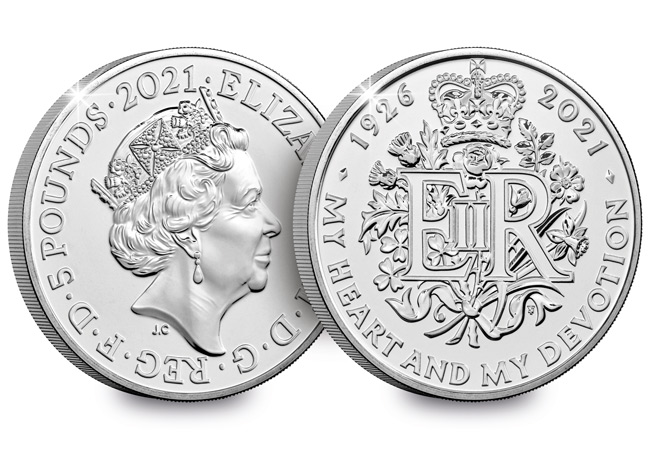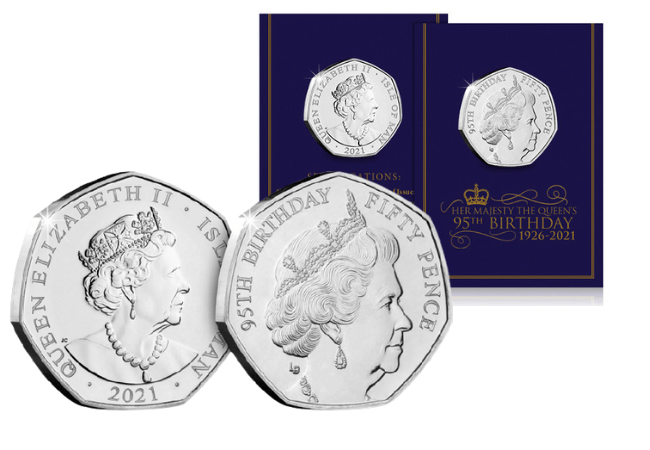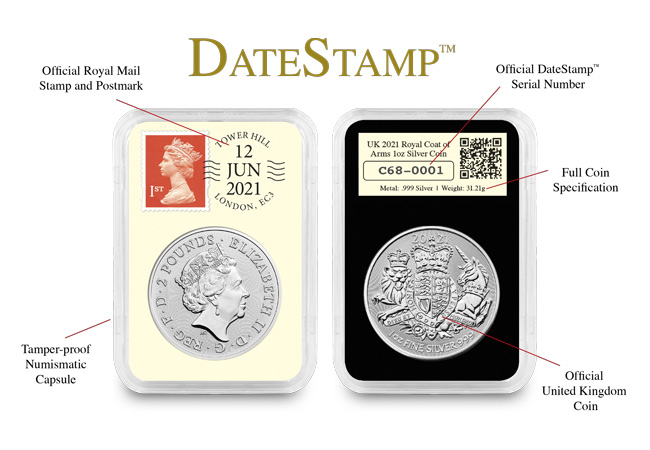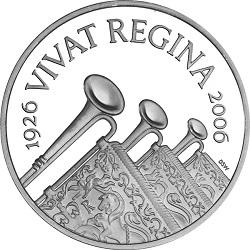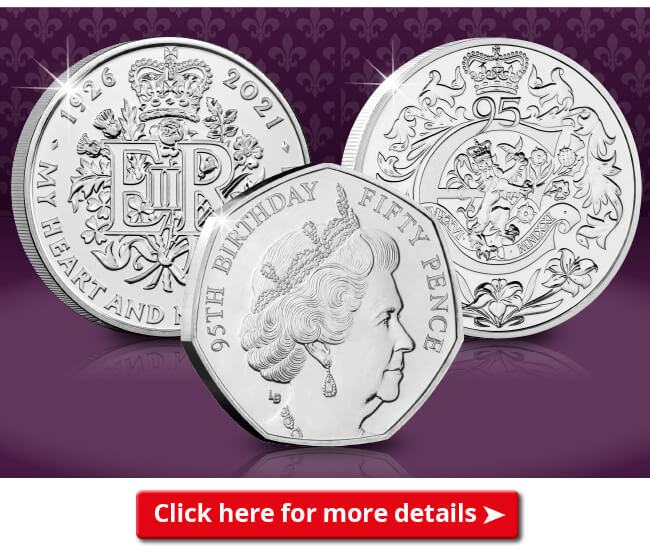Posts Tagged ‘The Queen’
The world’s longest reigning living monarch — celebrating Queen Elizabeth II’s birthday

Marking her Platinum Jubilee in 2022, today she also celebrates her 96th birthday.
Her Majesty ascended to the throne on 6th February 1952 and has since reigned as a constitutional monarch through years of significant change. She sees public and voluntary service as one of the most important elements of her work, having links with over 600 charities, military associations, professional bodies and public service organisations.
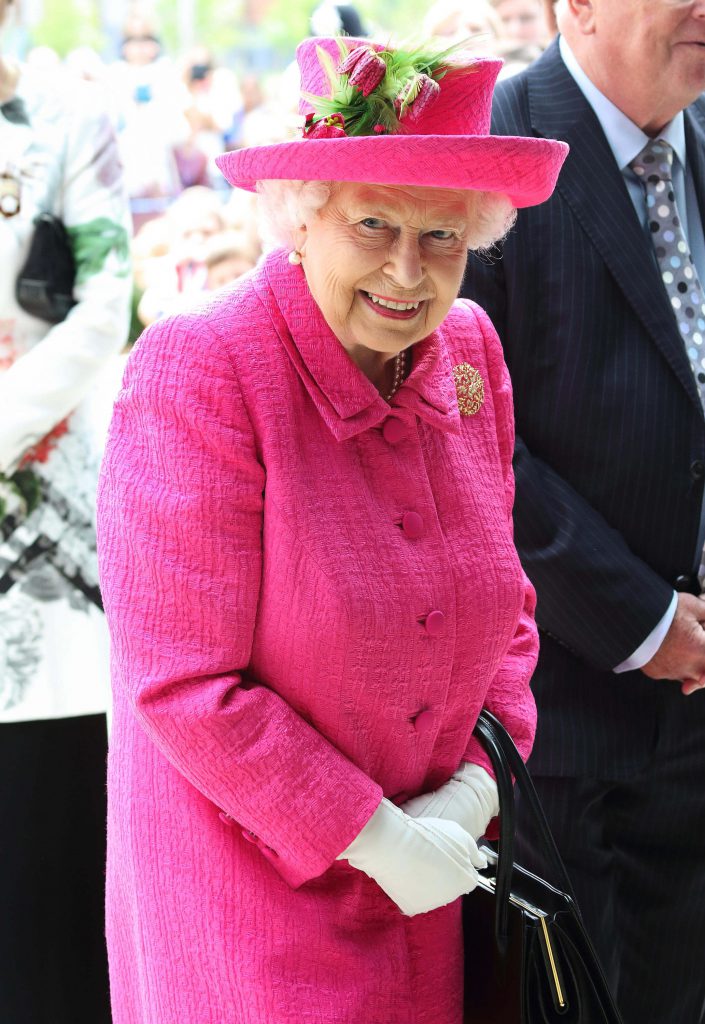
During her lifetime many coins have been issued in celebration of her birthday, of which she has two — her actual birthday on 21st April and her official birthday on (usually) the second Saturday in June.
Let’s take a look at some of the different coins released over the years in celebration of Her Majesty’s birthdays below.
2021 UK Queen Elizabeth II 95th Birthday BU £5
Her Majesty Queen Elizabeth II celebrated her 95th birthday in 2021. This major event, making her the first ever ruling monarch in British history to reach this milestone, was commemorated on a UK £5 coin.
The extraordinary 95th anniversary year is highlighted on this detailed £5 coin, designed by heraldic artist Timothy Noad. It features the date of the Queen’s birth and the year 2021 visible on the reverse. The Royal Cypher takes centre stage, with the quote “MY HEART AND MY DEVOTION” surrounding it along the edge. Ninety-five mills are found on this coin’s ‘waved’ milled edge, celebrating one for each year of the Queen’s life.
Traditionally, UK £5 coins are reserved for the most important Royal and Historical anniversaries, and there are few Royal events which are as important as Her Majesty’s birthday.
QEII 95th Birthday BU 50p
In 2021, 10,000 of these 95th Birthday 50ps were released into circulation on the Isle of Man. Fully approved by Buckingham Palace, this design features specially commissioned artwork by sculptor Luigi Badia.
Badia has impressively created over twenty-five portraits of the Queen and this QEII 95th Birthday Brilliant Uncirculated 50p features a recently designed portrait of Her Majesty. His process of sketching a new portrait of the Queen starts with collecting lots of reliable references, combining them to make a unique portrait.
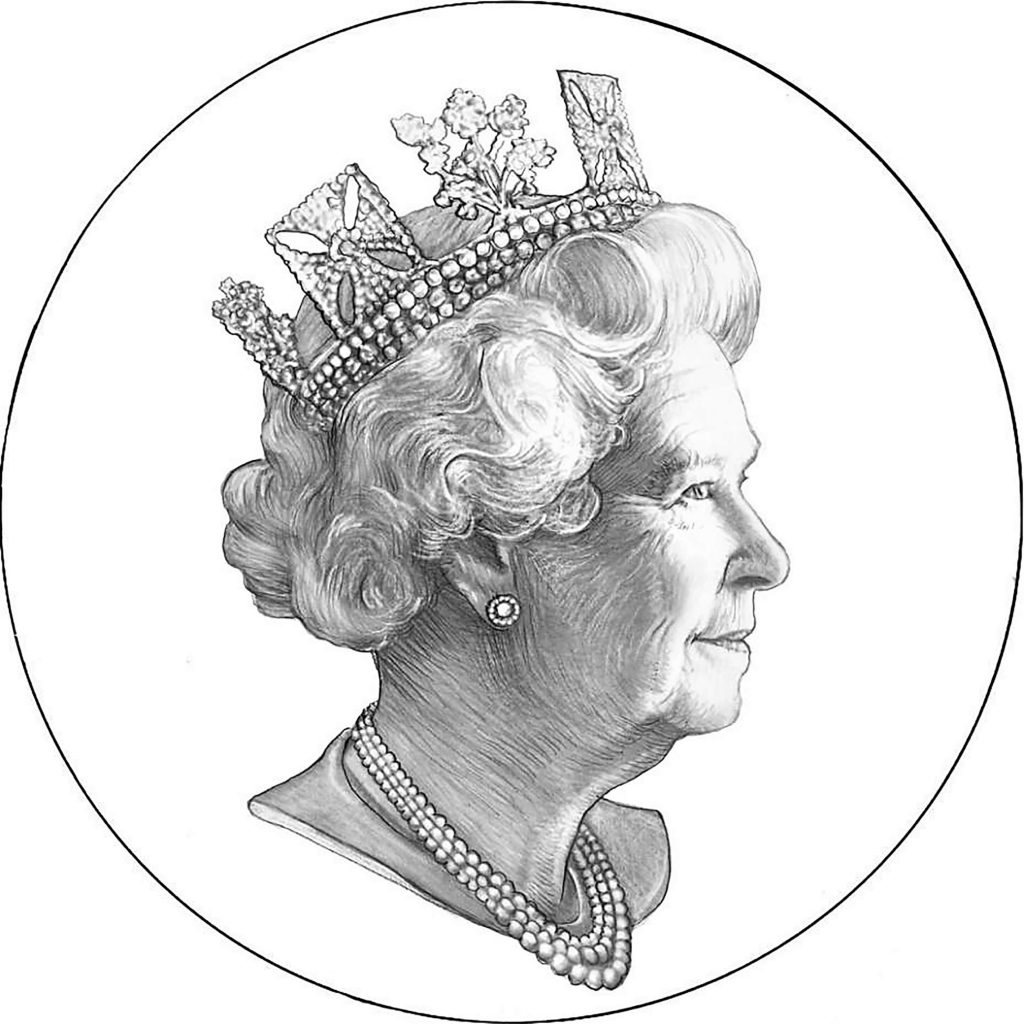
When Badia sketches a portrait to feature specifically on a coin, he usually chooses a profile portrait for a more traditional design. He uses the sketch just as a guide for then producing the plaster model, which he crafts himself over a few weeks to ensure the final coins depict his version exactly.
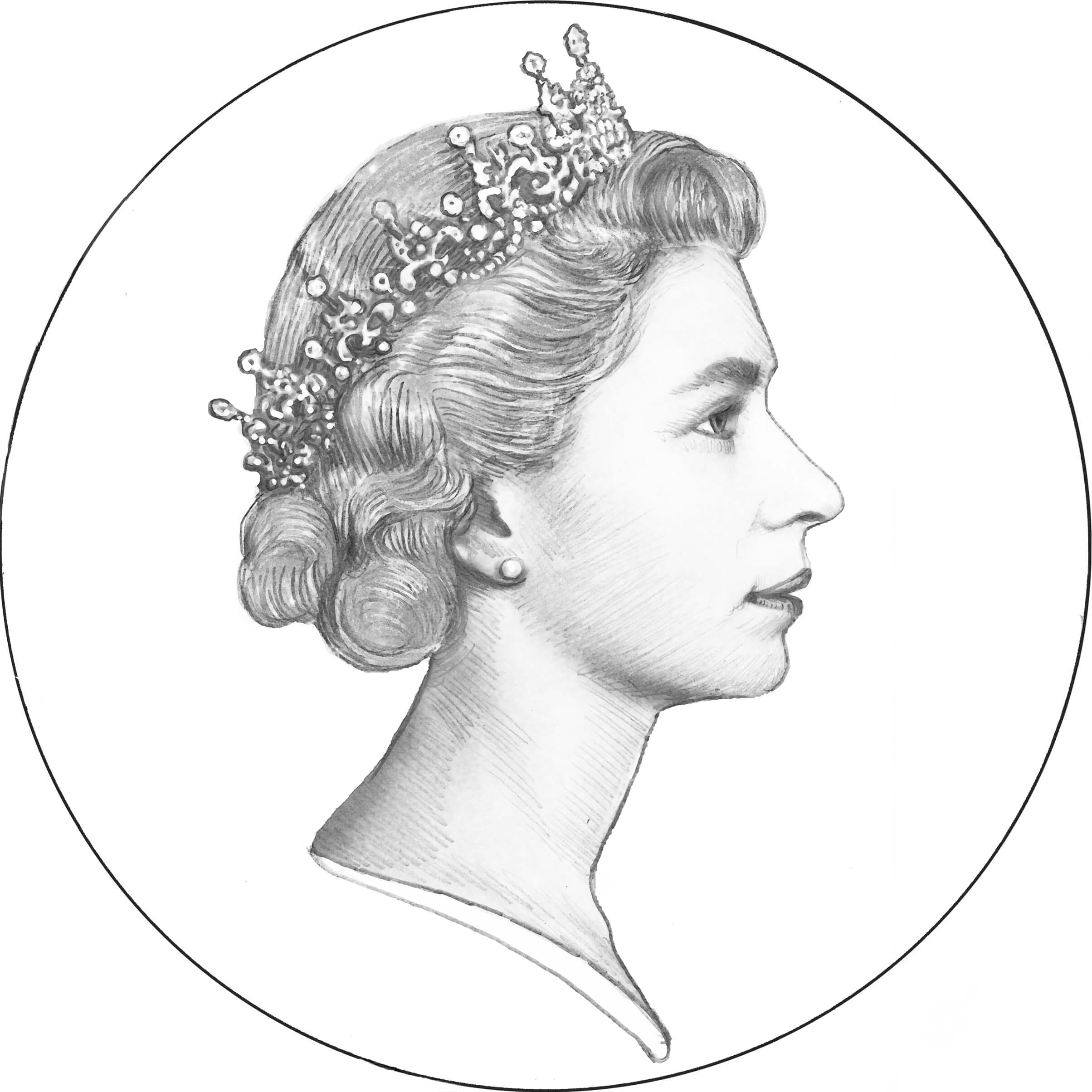

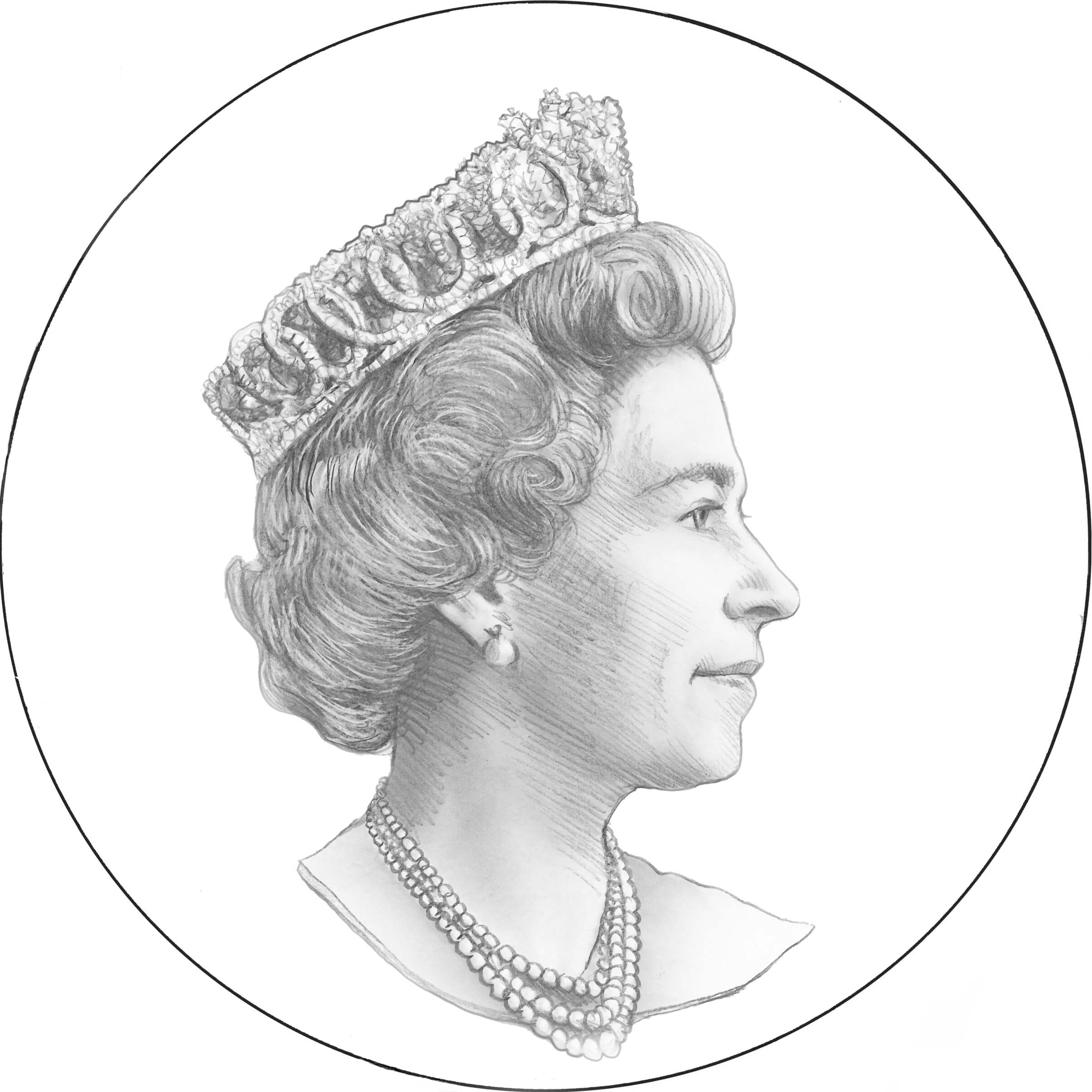
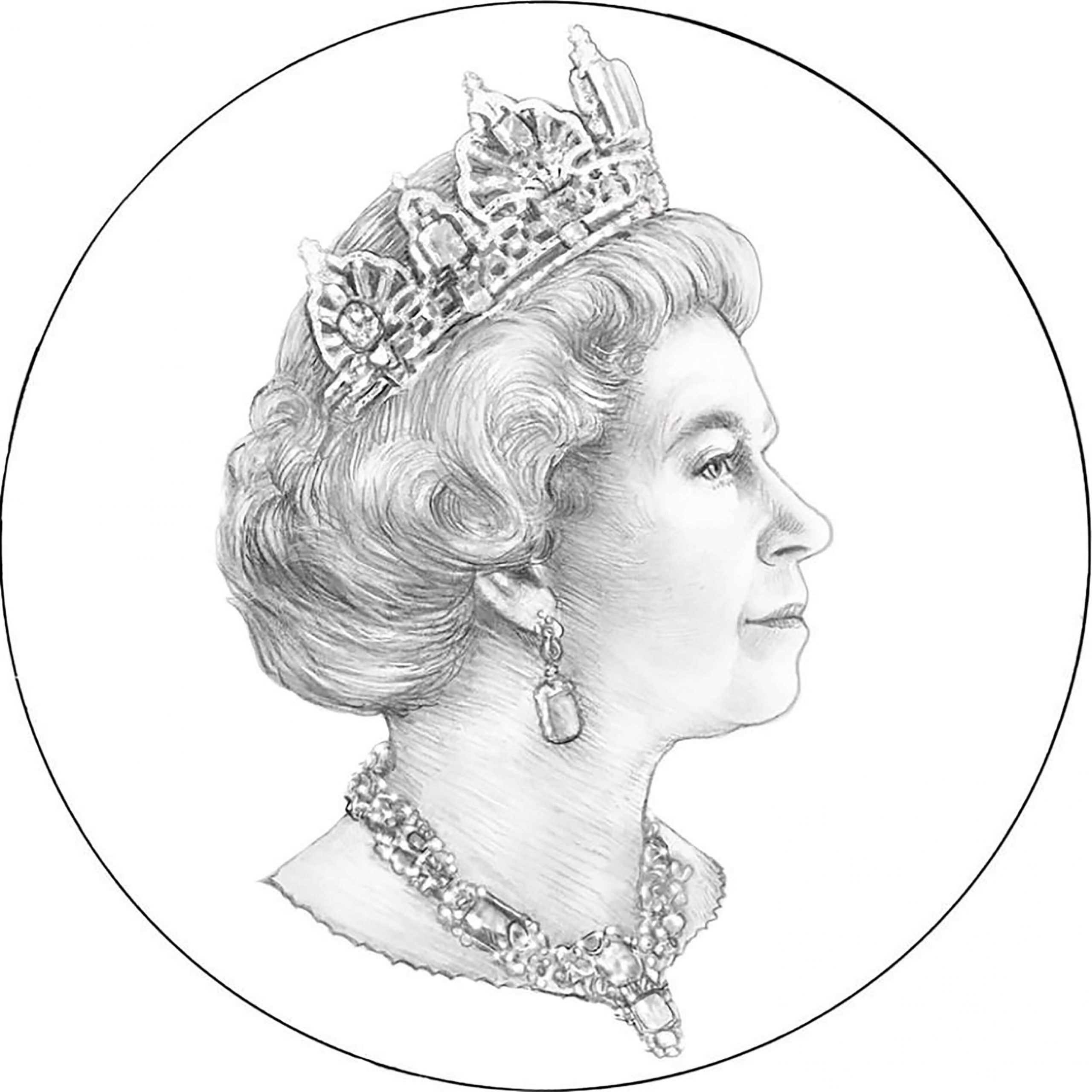
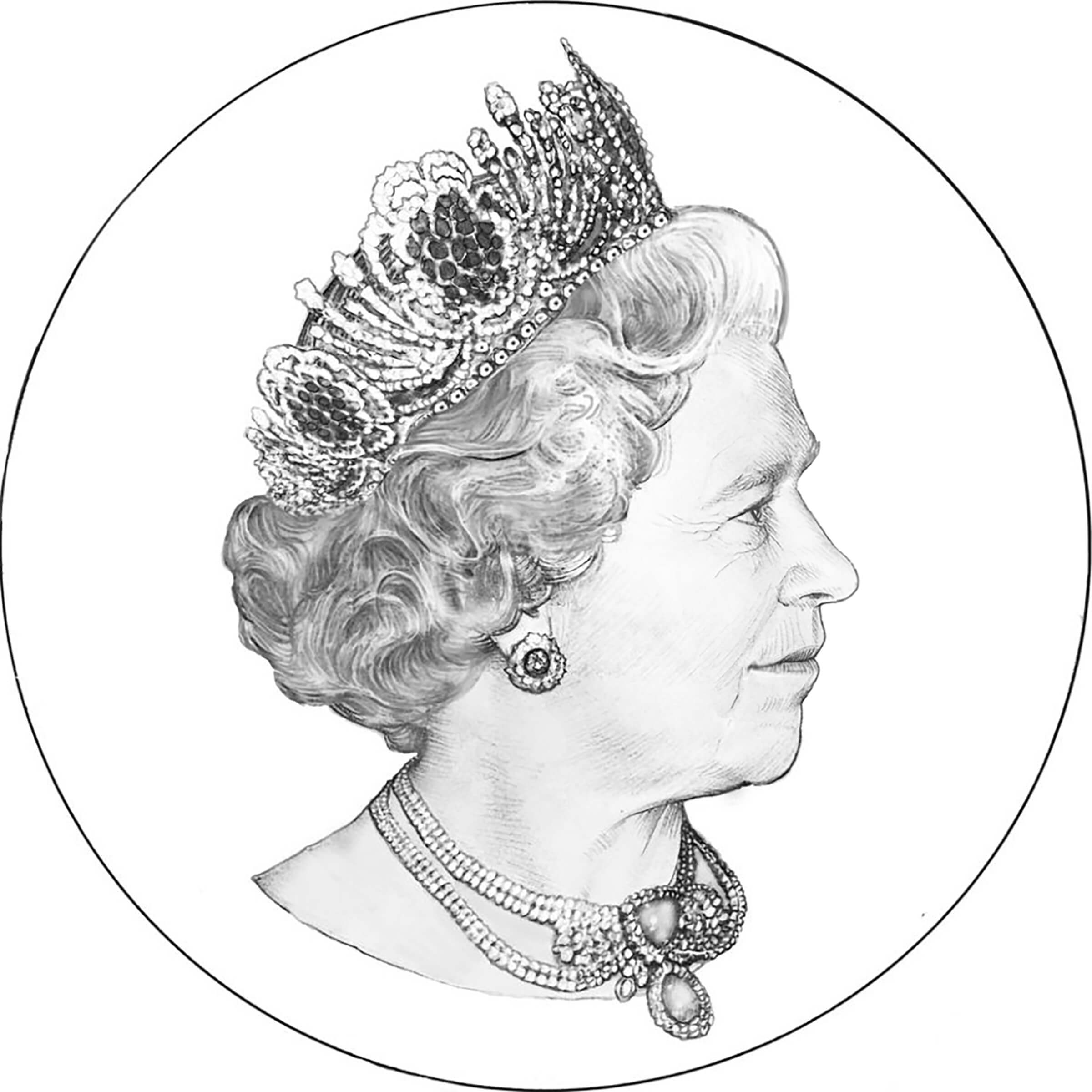
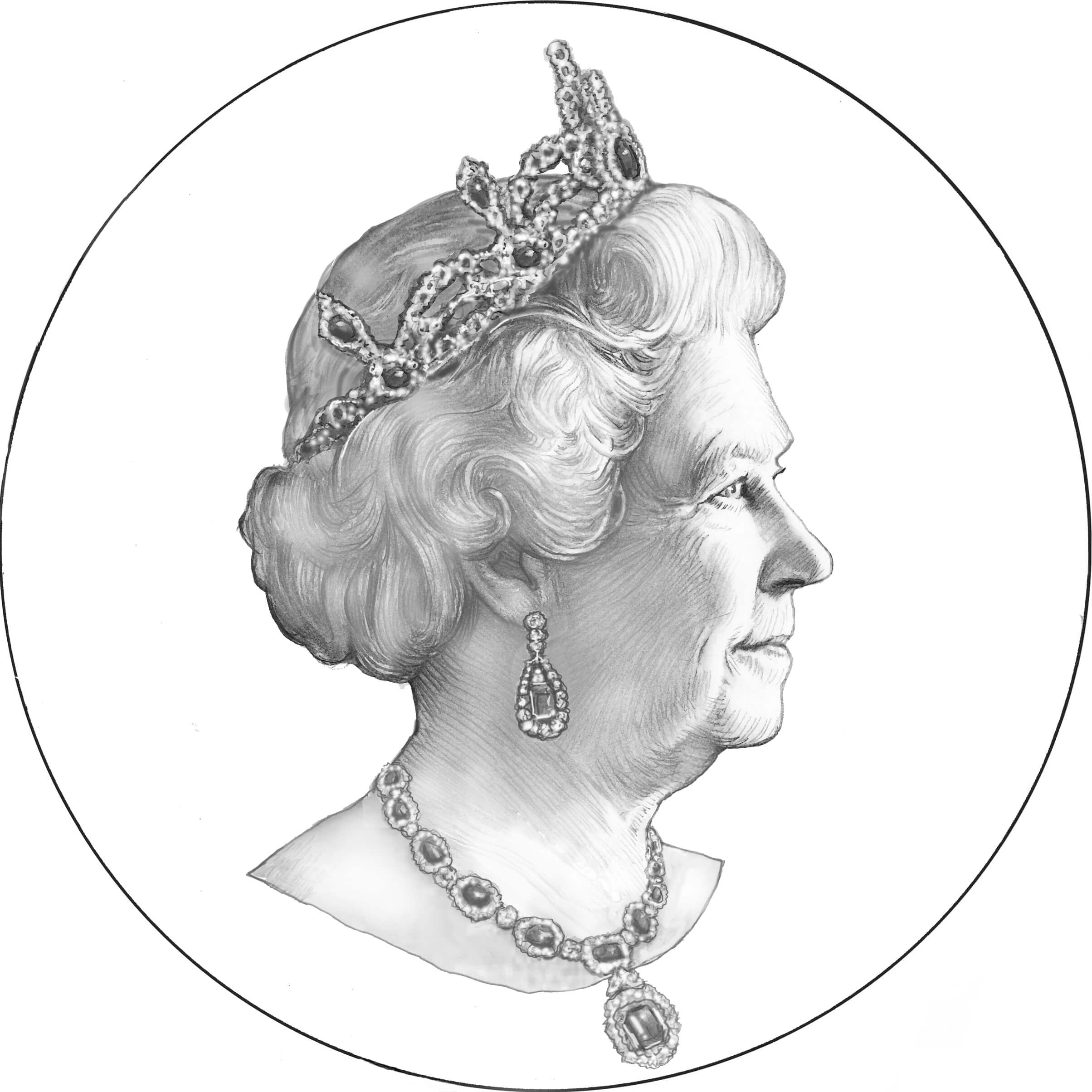
British Isles 50p coins like this rarely turn up in your change in the UK, making these 50p coins some of the most sought-after circulating coins around.
UK 2021 Queen Elizabeth II’s Official Birthday Silver
DateStamp™ Issue
This special DateStamp™ issue features JUST 500 hand-selected UK 2021 Royal Coat of Arms 1oz Silver Coins, protectively encapsulated and stamped with the official Royal Mail one-day-only postmark of 12th June 2021 – the official date of Her Majesty’s 95th birthday.
This 1oz coin is impeccably struck from 99.9% Pure Silver to The Royal Mint’s Bullion finish. The reverse design by Timothy Noad depicts the official Coat of Arms of HRH Queen Elizabeth II, with the historic design celebrating centuries of British Royal lineage — The Royal Arms is the official coat of Arms of the ruling monarch.
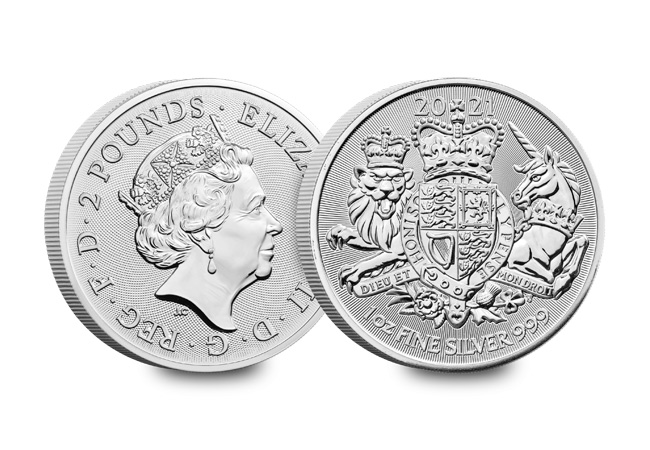
The UK Royal Coat of Arms 1oz Silver Coin has a maximum mintage of 100,000 coins but considering JUST 500 of these limited DateStamp™ issues were available upon initial release, it makes this particular presentation incredibly sought-after.
Visible within the reverse design are the national flowers for each country within the UK: the Tudor rose of England, the Leek for Wales, the Shamrock for Northern Ireland, and the Thistle for Scotland. Featuring on the obverse is Jody Clark’s definitive coinage portrait of Her Majesty the Queen.
2006 UK 80th Birthday £5 Coin
In 2006 a special £5 coin was released, which has since been announced as the fourth rarest £5 coin issued (as of the latest mintage update in 2013)! This £5 coin celebrates the Queen’s 80th birthday, with the dates 1926 and 2006 inscribed as Her Majesty was born in 1926.
This £5 coin is very popular with collectors, which is not surprising when you see its beautiful design. Three trumpets with trumpet banners display on the reverse, accompanied by the inscription “VIVAT REGINA”, the Latin phrase for ‘long live the Queen’. Danuta Solowiej-Wedderburn designed the reverse whilst the obverse features Ian Rank-Broadley’s (FRBS) portrait of HRH Queen Elizabeth II.
One such event that took place for Her Majesty’s 80th birthday included an informal walkabout in which the Queen spent roughly forty-five minutes interacting with more than 20,000 well-wishers who lined the streets outside Windsor Castle. She was accompanied by The Duke of Edinburgh and crowds waved Union flags, as well as carried colourful celebratory bouquets.
Did you know that due to the Coronavirus Pandemic, the Trooping the Colour ceremony which traditionally marks Her Majesty’s official birthday, could not follow its long-established format in 2021.
Coins that have an interesting back-story, such as these, can be particularly sought-after with collectors!
Explore our range of coins in celebration of the Queen’s previous birthday’s by clicking here >>

Britain through the reign of Her Majesty Queen Elizabeth II: Part 4
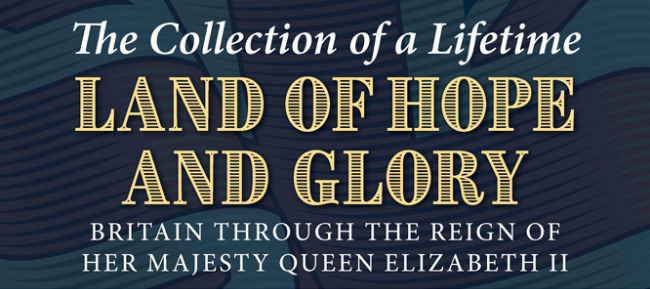
The Land of Hope and Glory Collection tells the story of Britain through the reign of Her Majesty Queen Elizabeth II.
In the final instalment of the series, we will revisit some of the important events that have happened during Her Majesty’s reign in the past three decades.
Fire at Windsor Castle
On the 20th November, 1992 a terrible fire took place at Windsor Castle, the magnificent building Her Majesty the Queen calls home for most of her private weekends and one month a year over Easter.
Maintenance work was being carried out in the Castle at the time when a faulty spotlight overheated leading to it igniting. A nearby curtain took hold of the heat, lighting up in flames.
The fire spread dramatically.
Luckily, due to the work being carried out, much of the furniture which would have been near when the fire started, had already been removed to create space. This meant that a lot of possessions that would have been completely destroyed, were safely tucked away somewhere else.
Those working in the Castle, along with soldiers and members of the Royal family, all formed a human chain to pass items along out of the building. As such this meant that 300 clocks, historic manuscripts, thousands of valuable books, a forty-six-meter-long table, thirty-seven-meter-long carpet, and a collection of miniatures were all rescued.
Help quickly arrived and all together 1.5 million gallons (6,750 tons) of water from the mains water supply, a reservoir fire hydrant, a swimming pool, a pond, and the nearby River Thames were used to stop the fire.
After five years the Castle was returned to its former glory and remains open to the public throughout the year — continuing its 900 years of history today.
To find out more details of booking a visit to the Castle, click here >>
Channel Tunnel Opens
The American Society of Civil Engineers described this as one of the “seven wonders of the world” in 1996. Connecting Britain and the European mainland for the first time ever since the Ice Age, The Channel Tunnel reduced travel time between England and France to a mere thirty-five minutes. At the height of its construction fifteen thousand people were employed and eleven boring machines used. One boring machine is as long as two two football pitches, and all eleven together weighed an enormous twelve thousand tones.
Interestingly, one remains buried under the Channel and another was sold on eBay in 2004 for £39,999!
Her Majesty travelled from Waterloo to Calais on the 6th May, 1994 at a speed of 80 pmh. She joined President Mitterrand, who had travelled from Paris at 186 mph and together they officially opened the Channel, cutting red, white and blue ribbons to the sound of each’s national anthems.
The Angel of the North is constructed
Standing at an impressive sixty-five feet, the impressive Angel of the North is the height of four double decker buses!
In 1994, when winning artist Antony Gormley’s designs were revealed, the public were not too happy with the plans. Causing uproar, materials put forward were frowned upon, along with the size and magnitude of the sculpture in such an open and unlikely place.
However, many years on, those that live near have fallen in love with it. It has become a site of pleasure and this year celebrates its 24th birthday. Made from steel and a small amount of cooper, the Angel is meant to last for more than one hundred years. Coppers slows the erosion of the steel, and the materials together are quite malleable and can be easily manipulated into a variety of shapes and forms. The Angel of the North cost £800,000 to build and is seen by more than one person every second. It represents the history behind the site, societies future and our transition from the industrial age to the information age. An evolving sculpture to evolve with us.
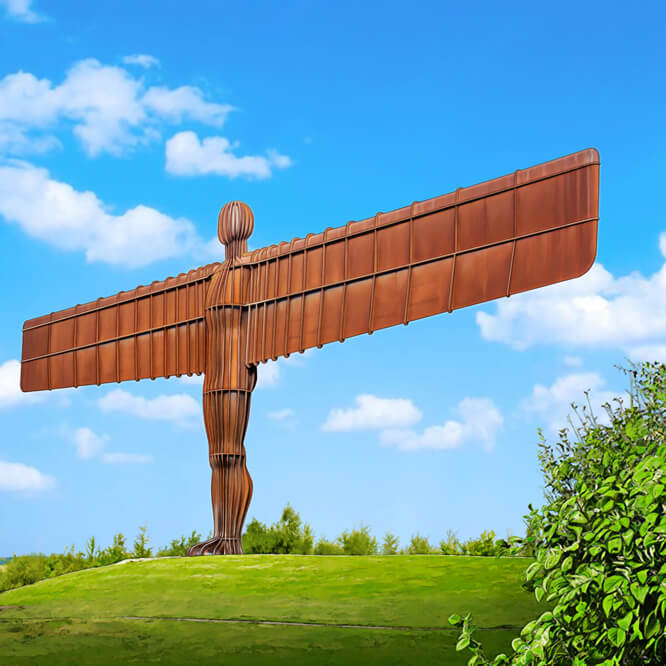
The Millennium Fireworks
The millennium fireworks marked the movement into a new decade. Celebrations were held up and down the United Kingdom, with something for everyone to take part in, and crowds of more than two million took to London.
An incredible firework display took place by the River Thames. Outside of the UK, events were coordinated around the world to see in the new millennium, including an outdoor concert in Washington, United States.
On the Tower Bridge of London Her Majesty Queen Elizabeth II lit a laser which shot fire across the river to the national beacon. This beacon took hold of the fire, signalling the embrace of a new century. Soon after, beacons across the UK all became lit, uniting everyone across England, Wales, Scotland and Northern Ireland. Her Majesty also attended the Millennium Dome in Greenwich which held a special concert.

Birth of Prince George
In 2012, the Duke and Duchess of Cambridge announced that they were expecting their first child. This child would become third in line to the throne and would become a future monarch of the United Kingdom. On 22nd July 2013, Prince George was born at St Mary’s Hospital in Paddington.
Prior to his birth the Queen made some changes which impacted the Bill of Rights (1689) and the Act of Settlement (1701). A new Crown Act (2013) was brought into force which essentially put an end to a younger son displacing an elder daughter in the line of succession to the throne. Prince George is the first to have been born under this act. You can find out more about the line of succession here >>
As is tradition with any Royal birth, the announcement was placed on the easel outside Buckingham Palace. Along with this, many celebrated up and down the commonwealth countries, and certain water features across the globe were illuminated in blue.
This instalment marks the last in our Britain through the reign of Her Majesty Queen Elizabeth II blog series. We hope you have enjoyed travelling back with us through the different decades as much as we have.
If you’re interested…
The Land of Hope and Glory Collection celebrates Britain through the reign of Her Majesty Queen Elizabeth II. And today, you can start the collection of a Lifetime. Click here to secure the Coronation Medal for FREE >>
Revisit the historic moments that have shaped Britain through the reign of Queen Elizabeth II with our Land of Hope and Glory blog series:
Click here to read instalment 1 of the Land of Hope and Glory blog series >>
Click here to read instalment 2 of the Land of Hope and Glory blog series >>
Click here to read instalment 3 of the Land of Hope and Glory blog series >>
Britain through the reign of Her Majesty Queen Elizabeth II: Part 2

The Land of Hope and Glory Collection tells the story of Britain through the reign of Her Majesty Queen Elizabeth II. As Queen Elizabeth II’s Platinum Jubilee fast approaches, this blog series will revisit the historic moments during Her Majesty’s record-breaking reign that have helped define Great Britain. This week, let’s journey back to 1960s football, fashion and more.
Did you know that instant potato, the mash you buy pre-made at the supermarket, wasn’t a shop bought item until 1968? Angel Delight made its debut in 1967 and spreadable margarine wasn’t a thing before 1969!
Many do reminisce on the 60s as the time to be alive.
Swinging Sixties Fashion
In the early 60s, the emergence of supermodels like Twiggy and Jean Shrimpton redefined beauty and became true fashion icons. The latest clothing styles could be found in London Boutique shops. And whilst children began to practice with makeup on their dolls, teenagers discovered false eyelashes.
Inspiration came from the likes of the mods on scooters, skinheads, and hippies with their long flowing hairstyles.

Mary Quant, the queen of the miniskirt, had a boutique on Carnaby Street in London called Bazaar. She also released her own line of cosmetics in 1966. Many began to embrace their natural curves — new trends such as wearing trouser suits and miniskirts emerged.
England wins the FIFA World Cup
The TV audience in 1966 had to follow along the England match against Germany in black and white. However, for the first time they could see slow motion replays from the live match.
Multiple towns in England hosted games for the tournament, but the final was played at Wembley Stadium on the 30th July 1966.
Although the match didn’t get off to a good start and there were a few hiccups throughout, the team managed to bring home the first World Cup title for England.
Her Majesty the Queen and HRH Prince Philip were amongst the 93,000 spectators. The Queen then presented the trophy for the 1966 FIFA World Cup.
The shot by Geoff Hurst, which hit the crossbar and landed down near the goal line, was decided by the referee as a goal — which was highly contested at the time.
Years later, technology had advanced, and the ball was never over the line.
Beatlemania
The Beatles.
Need we say more?
Comprised of John Lennon, Paul McCartney, George Harrison and Ringo Starr, The Beatles were managed by Brian Epstein and signed by EMI on the Parlophone Label.
Did you know that they were originally turned down by Decca, the British record label?
Changing the pop music scene forever, Please Please Me was released January 12th 1963, and was an instant favourite among the public. They remained number 1 on the charts for 6 months with their first album, which was recorded in an entire 13-hour session.
First Flight of the Concorde
Concorde was the first successful civilian aeroplane to travel faster than the speed of sound.
Built jointly between Great Britain and France, it reduced the flight time between London and New York to roughly three hours.
Eventually flown worldwide, she first took to the skies on March 2nd 1969.
Sadly, in the end it was found the aeroplane had several problems such as noise and high expenses. However, it did unify the work of different countries, ensuring that Europe paved the way for aerospace development.
The Great Train Robbery
15 men and £2,600,000. What a heist that is.
Aided by two accomplices, these fifteen men managed to stop the Glasgow–London Royal Mail Train, steal over two and a half million pounds from the front two carriages, and transport the lot with their Land Rovers to a nearby hideaway, all without the staff in the remaining ten carriages even knowing a thing.
August 8th, 1963. The day they got lucky.
It was a bank holiday so the amount they stole was much larger than they had anticipated getting.
At their hideaway they noticed low flying RAF aircraft which they assumed were on the look-out for them. They in fact weren’t. But this spooked the robbers so much that they left and hired six thieves to burn the place down.
The poor job the thieves did left fingerprint marks on a Monopoly board and a ketchup bottle.
If you’re interested…
The Land of Hope and Glory Collection celebrates Britain through the reign of Her Majesty Queen Elizabeth II. And today, you can start the Collection of a Lifetime. Click here to secure the first Medal, featuring the Queen’s Coronation for FREE >>
If you haven’t read the first blog in the series, click here >>

